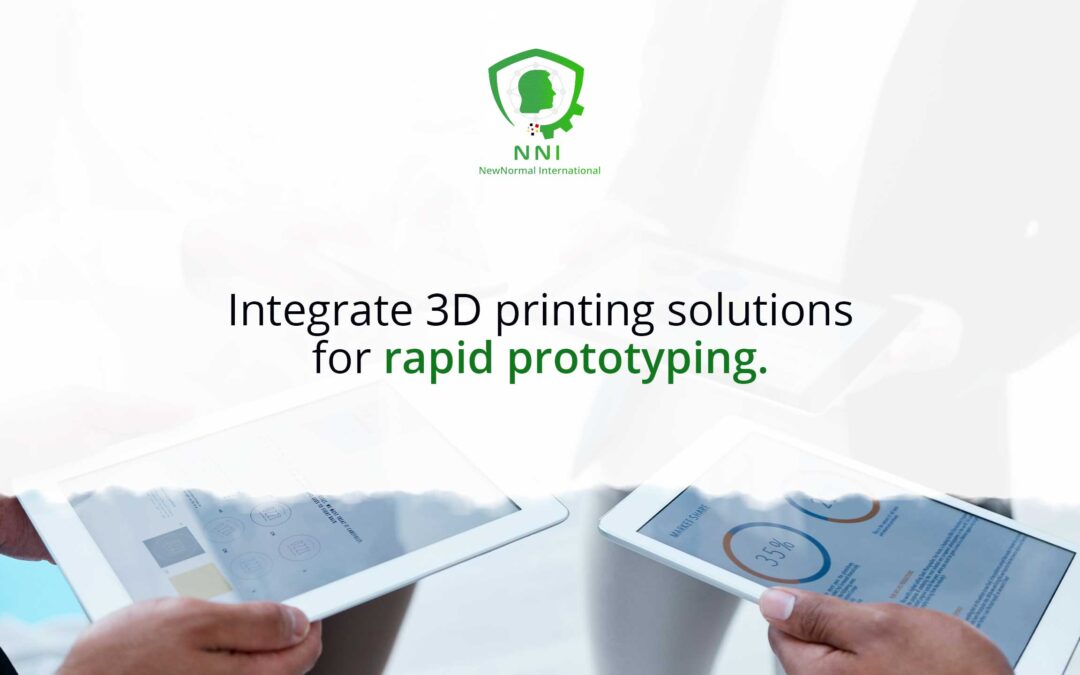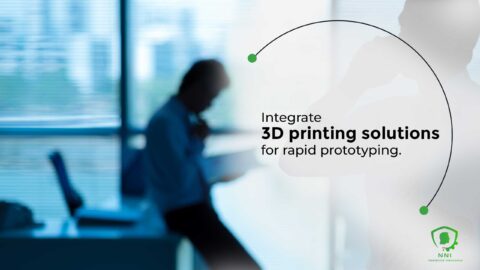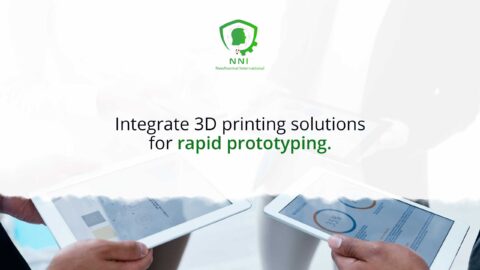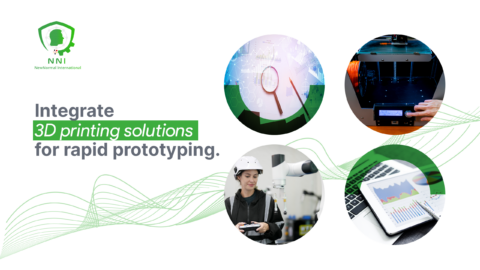Embracing Technological Innovation in Prototyping
In the current era of rapid technological advancement, the ability to integrate 3D Printing for Rapid Prototyping has become a pivotal strategy for businesses seeking to enhance their product development processes. This article explores the transformative impact of 3D printing technology in streamlining prototyping and fostering innovation.
The Impact of 3D Printing on Rapid Prototyping
3D printing technology, also known as additive manufacturing, has emerged as a game-changer in the realm of product development. No longer simply a tool for crafting prototypes, 3D printing has become a powerful catalyst for innovation, empowering businesses to:
1. Accelerate Design Iteration: Gone are the days of waiting weeks or even months for physical prototypes. With 3D printing, designers can iterate on designs quickly and easily, testing and refining their ideas with unprecedented speed and affordability. This rapid feedback loop fosters a culture of experimentation and innovation, leading to faster development cycles and accelerated time-to-market.
2. Unlock Design Freedom and Customization: 3D printing transcends the limitations of traditional manufacturing techniques, offering unparalleled design freedom. Intricate geometries, complex internal structures, and personalized features that were once impossible are now within reach. This newfound freedom empowers designers to unleash their creativity and develop products that are not only functional but also aesthetically pleasing and perfectly tailored to individual needs.
3. Optimize Performance and Functionality: 3D printing enables the creation of lightweight, strong, and versatile prototypes that can be rigorously tested and optimized for performance. This iterative testing process allows designers to identify and address functional flaws early in the development cycle, leading to superior product performance and long-term durability.
4. Reduce Development Costs and Risks: By eliminating the need for costly tooling and minimizing the use of expensive materials, 3D printing significantly reduces the financial burden of product development. This cost-effectiveness allows businesses to experiment with more ideas in parallel, minimize development risks, and optimize resource allocation.
5. Streamline Production and Supply Chains: 3D printing offers the potential for on-demand production, reducing the need for large inventories and streamlining supply chains. This flexible manufacturing approach enables businesses to respond quickly to fluctuations in demand and adapt their production processes efficiently, leading to improved operational agility and responsiveness.
Beyond these tangible benefits, 3D printing fosters a collaborative and innovative culture within organizations. By breaking down silos between design, engineering, and manufacturing teams, it empowers cross-functional collaboration and facilitates rapid decision-making. This collaborative environment fuels innovation and drives the creation of products that are not only technologically advanced but also meet the evolving needs and preferences of the market.
In conclusion, 3D printing is not just a technological advancement; it is a fundamental shift in the product development paradigm. By enabling rapid prototyping, unlocking design freedom, optimizing performance, reducing costs, and streamlining production, 3D printing empowers businesses to innovate faster, adapt more readily, and deliver products that exceed expectations. As this technology continues to evolve, its impact on product development will only become more profound, shaping the future of manufacturing and driving the creation of a new generation of products that are both innovative and accessible.
So, embrace the power of additive manufacturing and unlock the limitless possibilities of 3D printing. Let this transformative technology be your guide on a journey towards a future of accelerated innovation, unparalleled design freedom, and unprecedented product development efficiency.
Change Management in the Adoption of 3D Printing
Effective change management is crucial when integrating 3D printing solutions into business operations. The shift towards 3D printing requires not only a technological upgrade but also a cultural change within the organization, embracing innovation and agility in product development.
Leadership and Management in Implementing 3D Printing
Leadership plays a critical role in the successful implementation of 3D printing for rapid prototyping. Through executive coaching, business leaders can learn to navigate the challenges and opportunities presented by this technology, driving its adoption in a way that aligns with the company’s strategic goals.
Effective Communication of 3D Printing Benefits
Effective communication is essential in conveying the benefits of 3D printing to all stakeholders, including employees, investors, and customers. Clear communication helps in aligning the organization’s vision and ensures the successful integration of 3D printing into the product development cycle.
Leveraging Generative AI in 3D Printing
The combination of generative artificial intelligence and 3D printing holds immense potential for product development. AI algorithms can optimize designs for 3D printing, predict material requirements, and even automate parts of the design process, further enhancing the efficiency of rapid prototyping.
Conclusion 3D Printing for Rapid Prototyping
In conclusion, the decision to “Integrate 3D printing solutions for rapid prototyping” is a forward-thinking move that can significantly streamline product development processes. By embracing this technological innovation, businesses can accelerate their product-to-market journey, encourage creativity, and gain a competitive edge in the marketplace.
#3DPrinting, #RapidPrototyping, #ProductDevelopment, #Innovation, #TechnologyInBusiness











